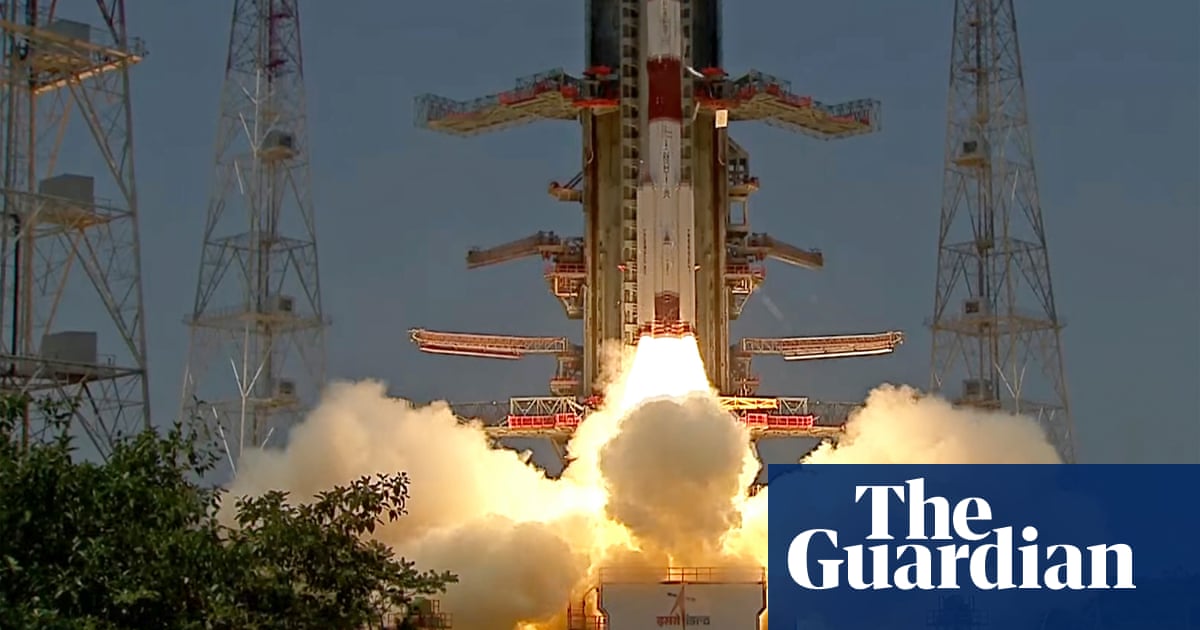After four-month journey, Aditya-L1 will measure and observe sun’s outermost layers
India’s solar observation mission has entered the sun’s orbit after a four-month journey, the latest success for the space exploration ambitions of the world’s most populous country.
The Aditya-L1 mission was launched in September and is carrying an array of instruments to measure and observe the sun’s outermost layers.
India’s science and technology minister, Jitendra Singh, said on social media that the probe had reached its final orbit “to discover the mysteries of sun-Earth connection”.
The US and the European Space Agency have sent numerous probes to the centre of the solar system, beginning with Nasa’s Pioneer programme in the 1960s. Japan and China have also launched their own solar observatory missions into Earth’s orbit.



This is the best summary I could come up with:
India’s solar observation mission has entered the sun’s orbit after a four-month journey, the latest success for the space exploration ambitions of the world’s most populous country.
India’s science and technology minister, Jitendra Singh, said on social media that the probe had reached its final orbit “to discover the mysteries of sun-Earth connection”.
The US and the European Space Agency have sent numerous probes to the centre of the solar system, beginning with Nasa’s Pioneer programme in the 1960s.
It is now at a point where the gravitational forces of both celestial bodies cancel out, allowing it to remain in a stable halo orbit around the sun.
The orbiter, which reportedly cost $48m (£38m), will study coronal mass ejections, a periodic phenomenon in which huge discharges of plasma and magnetic energy are released from the sun’s atmosphere.
The mission also aims to shed light on the dynamics of several other solar phenomena by imaging and measuring particles in the sun’s upper atmosphere.
The original article contains 431 words, the summary contains 162 words. Saved 62%. I’m a bot and I’m open source!